Ragdoll Luna Fun YouTube & TikTok Chronicles

Enjoy funny ragdoll YouTube & TikTok video stories, facts, tips, tricks & ragdoll cat Instagram pics.
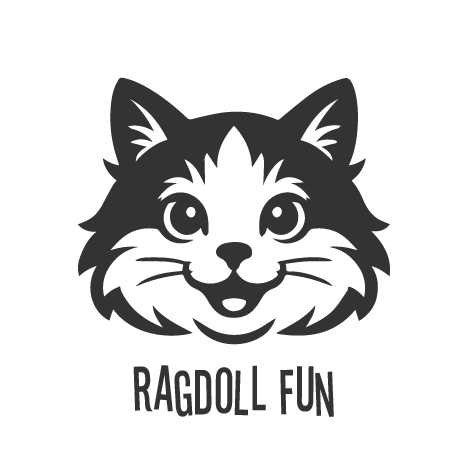

Explore delightful images of ragdoll cat Luna.
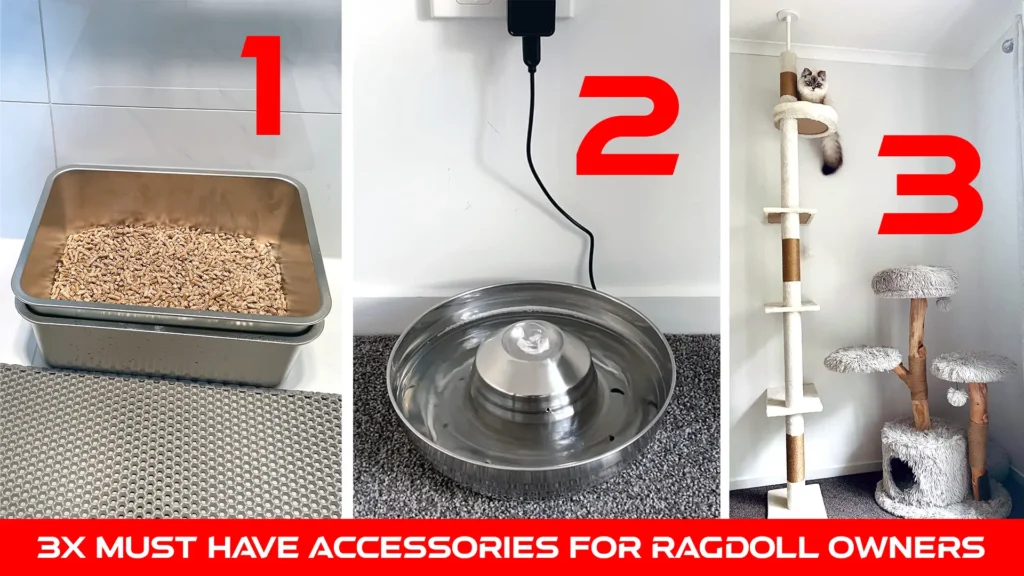
If you share your home with a Ragdoll cat, you know they deserve comfort, cleanliness, and stimulation. These three carefully chosen tools are more than just accessories—they're some of the best investments you can make for your feline friend’s health and happiness.
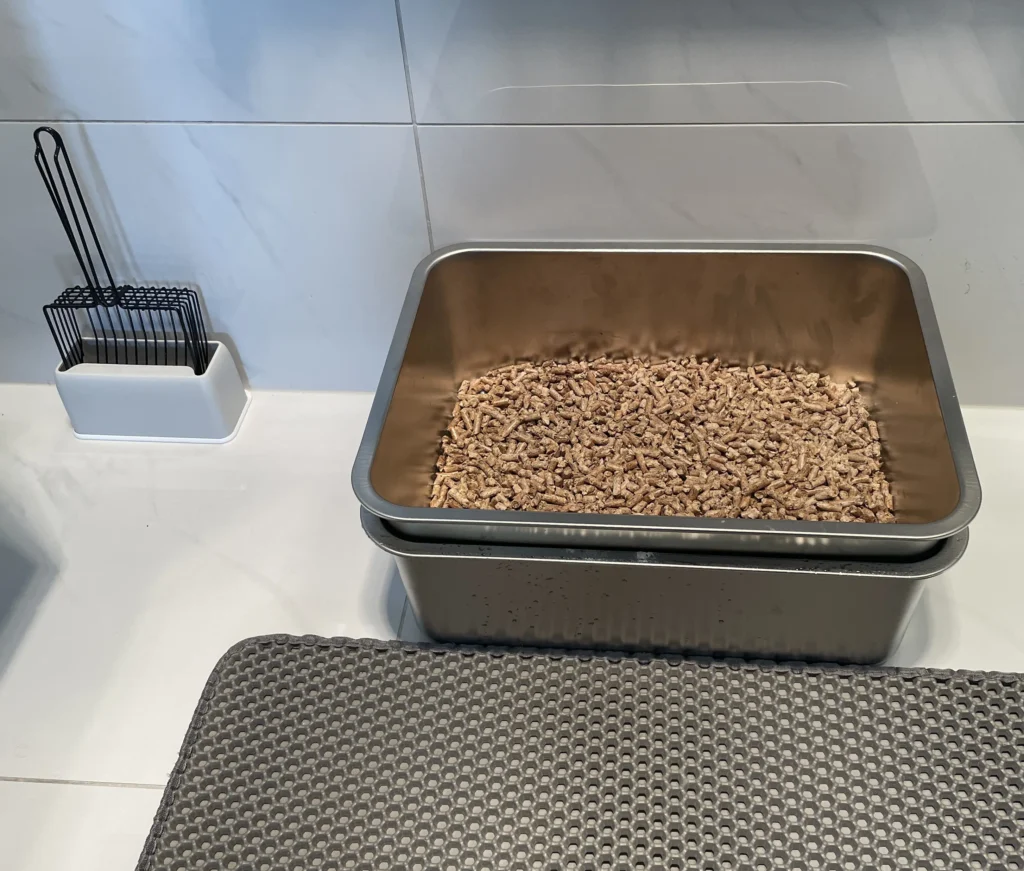

Designed for use with wood pellet litter, this durable two-layer box features a perforated top tray. When your cat urinates, the pellets break down into sawdust, which sifts through the holes into the lower tray—keeping the litter box fresh and easy to clean.
For even better odor control, simply spread a small amount of baking soda on the bottom layer. Combined with the natural absorbency of the wooden pellets, this setup effectively eliminates bad smells and keeps your cat’s toilet area fresh and hygienic. A cleaner home, less odor, and less waste—this litter box truly pays for itself over time.
Ragdolls love running water, and this whisper-quiet stainless steel fountain keeps it flowing fresh all day. It encourages proper hydration, supports kidney health, and keeps your cat coming back for more. A simple but powerful upgrade for your cat’s daily routine.
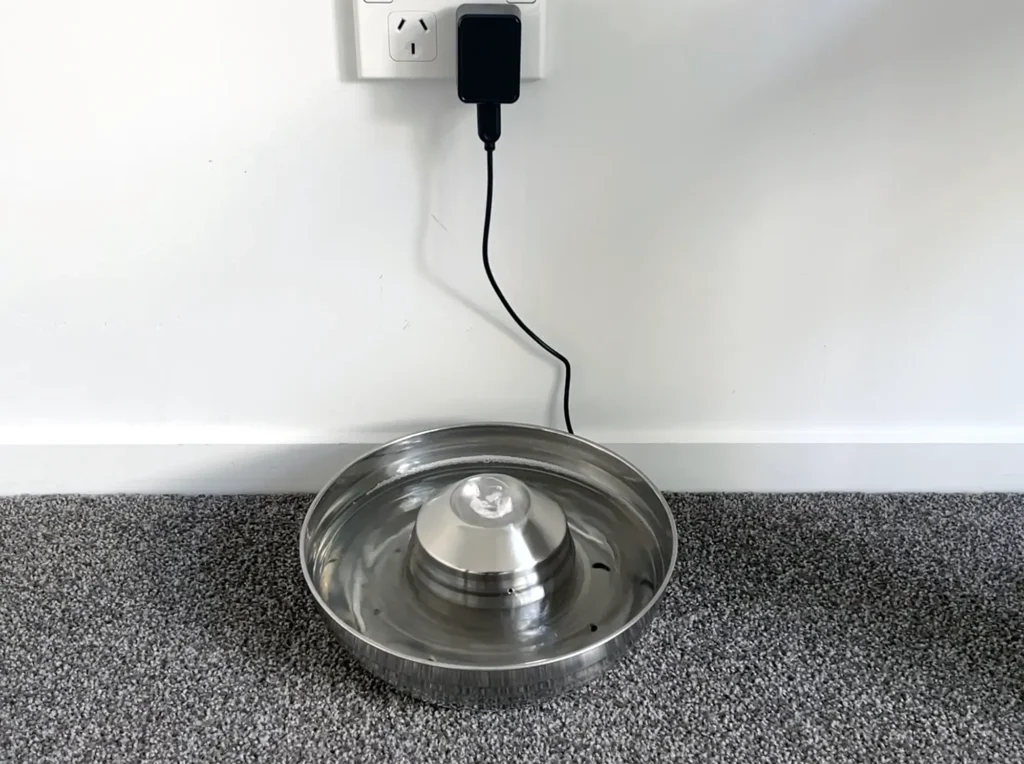
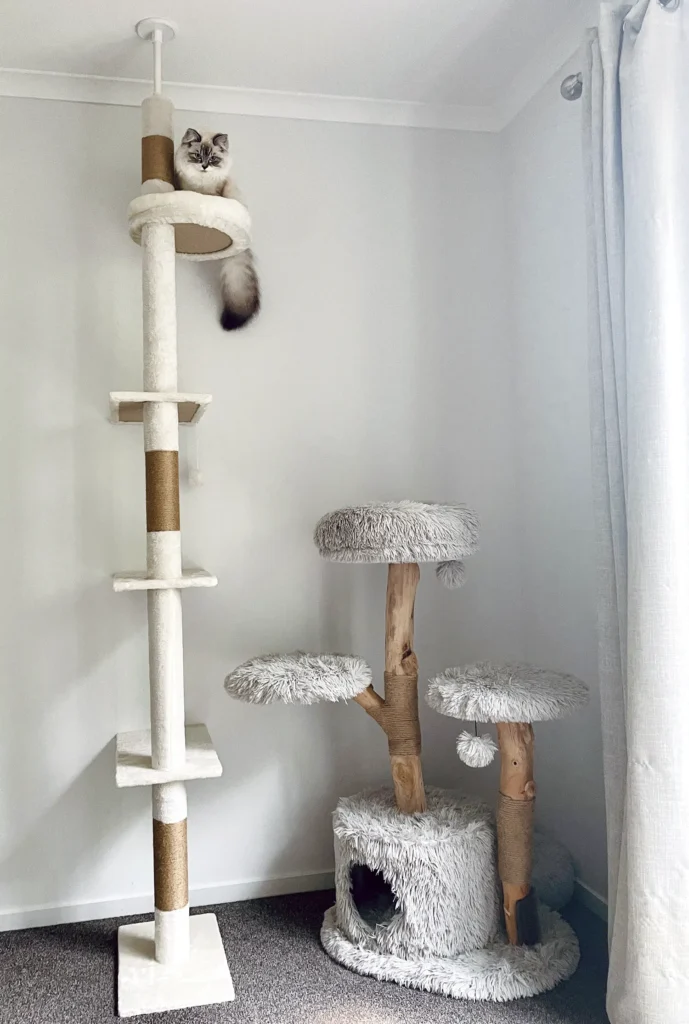
Ragdolls thrive when they can climb, scratch, and perch high above the ground. This floor-to-ceiling cat tree offers sturdy vertical space for play, stretching, and lounging—perfect for their relaxed yet adventurous nature. A true sanctuary your cat will use every single day.

Your ultimate guide to keeping your fluffy ragdoll cat happy, healthy, and entertained!